What are First-aid Devices
First-aid devices are essential tools and supplies designed to provide immediate and temporary medical care in the event of an injury or sudden illness. These devices are crucial in stabilizing an individual’s condition until professional medical help can be obtained or the person can be transported to a healthcare facility. They are used by a wide range of individuals including first responders, healthcare professionals, and even laypeople who have undergone basic first-aid training.
The primary principle behind first-aid devices is to address common medical emergencies such as cuts, burns, fractures, cardiac arrest, and more. They work by offering solutions that can alleviate pain, stop bleeding, support injured limbs, or facilitate respiration among other functions. The effectiveness of first-aid devices depends on their proper use, which is why training in first aid is recommended for those likely to use them.
First-aid devices come in various forms and complexities, from simple bandages and antiseptics to more sophisticated equipment like automated external defibrillators (AEDs) and portable oxygen units. While some devices may require manual operation, others are designed with automated functions to guide a user through the steps of providing care.
These devices are intended for use in environments ranging from homes and workplaces to recreational settings and areas where healthcare access is limited. The availability of first-aid devices can mean the difference between life and death in critical situations, making them indispensable components of emergency preparedness.
Types of First-aid Devices
First-aid devices encompass a variety of instruments and supplies each tailored to address specific medical needs during emergencies. Here is an overview of some common types:
Bandages and Dressings: These are fundamental for covering wounds, supporting injured limbs, and preventing infection. They range from simple adhesive bandages for minor cuts to sterile gauze pads for larger wounds.
Tourniquets: These are used to control severe bleeding from extremities by constricting blood flow. Tourniquets must be used carefully to avoid further injury.
Splints: These provide immobilization and support for broken or sprained limbs, helping to prevent further injury while transporting the patient to a medical facility.
Automated External Defibrillators (AEDs): These portable electronic devices diagnose life-threatening cardiac arrhythmias and treat them through defibrillation, allowing the heart to reestablish an effective rhythm.
CPR Masks: These masks are used during cardiopulmonary resuscitation to safely deliver rescue breaths while protecting the rescuer from direct contact with the patient's bodily fluids.
Emergency Blankets: Also known as space blankets, these help retain body heat in situations where hypothermia is a risk or when shock has occurred following trauma.
How to choose First-aid Devices
Selecting the right first-aid devices is critical for businesses looking to ensure the safety of their employees, clients, or customers. When considering purchasing these devices on Alibaba.com for commercial use or resale purposes, businesses should evaluate several factors:
Specific Needs: Identify the types of emergencies most likely to occur within your specific environment or industry. For instance, a construction site might require heavy-duty splints and tourniquets due to the risk of severe physical injuries.
Ease of Use: Consider who will be using the first aid device. Simple designs with clear instructions are ideal for non-professionals, while trained personnel may be able to operate more complex equipment.
Quality and Reliability: Look for devices that meet relevant safety standards and regulations. Reliable performance is paramount when it comes to emergency medical care.
Portability: For environments where quick response is necessary or where incidents may occur remote from medical facilities, lightweight and compact devices are preferred.
Best First-aid Devices on Alibaba.com
When seeking first-aid devices for your business needs, Alibaba.com stands out as a comprehensive marketplace that connects you with a diverse array of suppliers offering a vast selection of emergency medical products. With an extensive global network that caters to over 190 countries and regions, Alibaba.com facilitates the procurement of high-quality first aid supplies suitable for various commercial settings.
Alibaba.com's platform features advanced search capabilities allowing buyers to filter products based on instrument classification, power source, material type, and other features such as eco-friendliness or multifunctionality. Moreover, through services like Trade Assurance, Alibaba.com emphasizes secure transactions and buyer protection until delivery completion. It underscores the commitment to providing not only an extensive product range but also a trustworthy trading experience.
The marketplace prioritizes helping businesses worldwide access the necessary tools to ensure safety and preparedness in emergencies. With options ranging from basic supplies like bandages and CPR masks to advanced devices such as AEDs and oxygen regulators, Alibaba.com is equipped to serve as your one-stop-shop for all your wholesale first-aid device requirements.
Common FAQs for First-aid Devices
What Are the Essential Components of a First-aid Kit for Workplace Settings?
The essential components of a workplace first-aid kit generally include a variety of bandages, antiseptics, gloves, sterile dressings, tourniquets, splints, burn treatments, and CPR masks. The exact contents may vary depending on the specific risks associated with the work environment.
How Do I Determine the Appropriate Size of a First-aid Kit for My Business?
The size of a first-aid kit for your business should be determined by the number of employees, the nature of the work conducted, and accessibility to medical facilities. Larger kits with more supplies are necessary for high-risk environments or where many individuals are present.
Is Training Required to Use First-aid Devices Effectively?
While basic first-aid devices can often be used with minimal training, it is highly advisable for individuals responsible for emergency response to receive formal first-aid training. This ensures that devices such as AEDs and tourniquets are used safely and effectively.
What Should Be Considered When Choosing a First-aid Kit for Remote Work Sites?
For remote work sites, consider a first-aid kit with comprehensive supplies that cater to a wide range of injuries, are portable, and include devices designed for extended care, such as emergency blankets and long-lasting dressings.
How Often Should First-aid Kits Be Restocked or Replaced?
First-aid kits should be checked regularly for expired or used items. It is recommended to restock immediately after any items are used, and to replace expired items as needed to maintain readiness.
Are Automated External Defibrillators (AEDs) Necessary in All Work Environments?
While not all work environments may require an AED, they are strongly recommended in places where there is a high traffic of people or for individuals at increased risk of sudden cardiac arrest. Assessing the risk factors in your specific environment can help determine the need for an AED.
Can First-aid Devices Be Customized to Fit Specific Industry Needs?
Many suppliers provide options for customizing first-aid kits to fit specific industry needs. This can include selecting particular devices suited for certain injuries or incidents that are more likely in your industry.
What Should I Look for in Terms of After-Sale Services When Purchasing First-aid Devices?
Look for after-sale services that include onsite training, free spare parts, return and replacement policies, onsite inspection options, or onsite installation if applicable to the device purchased. These services enhance the value and usability of the first-aid devices.
How Can I Ensure That the First-aid Devices I Purchase Are Compliant With Safety Regulations?
When purchasing first-aid devices, verify that the products meet appropriate regulatory standards such as those set by OSHA or other relevant industry-specific guidelines. Choosing devices from reputable suppliers on platforms like Alibaba.com can also ensure compliance.
What Are Class I, Class II, and Class III Instrument Classifications in First-aid Devices?
Instrument classifications refer to the level of risk associated with medical devices. Class I includes devices with low risk to the user (e.g., bandages), Class II covers moderate-risk devices (e.g., splints), and Class III includes high-risk devices that often sustain or support life (e.g., implanted defibrillators).


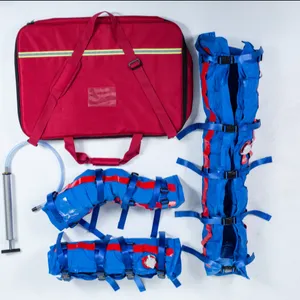
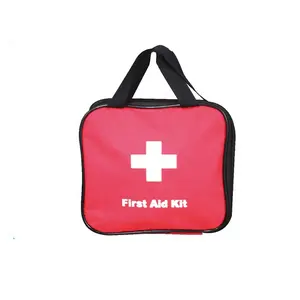

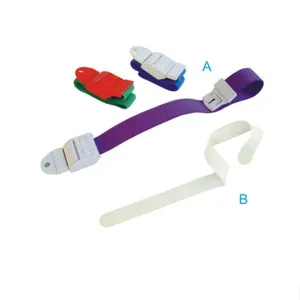






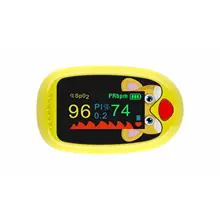

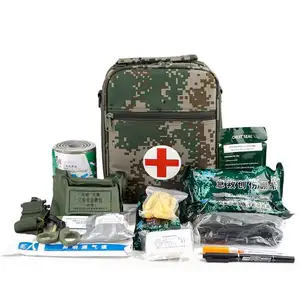
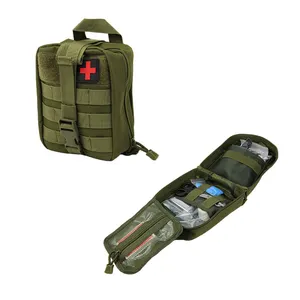













 浙公网安备 33010002000092号
浙公网安备 33010002000092号 浙B2-20120091-4
浙B2-20120091-4